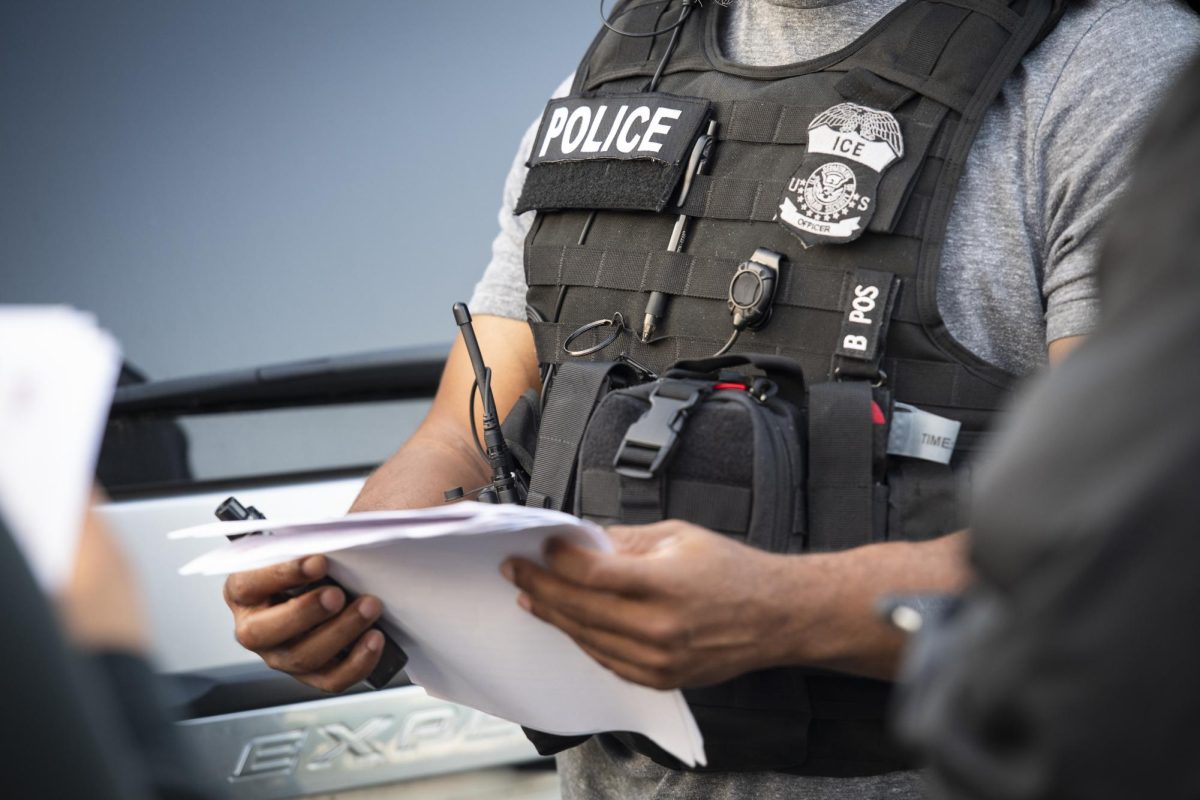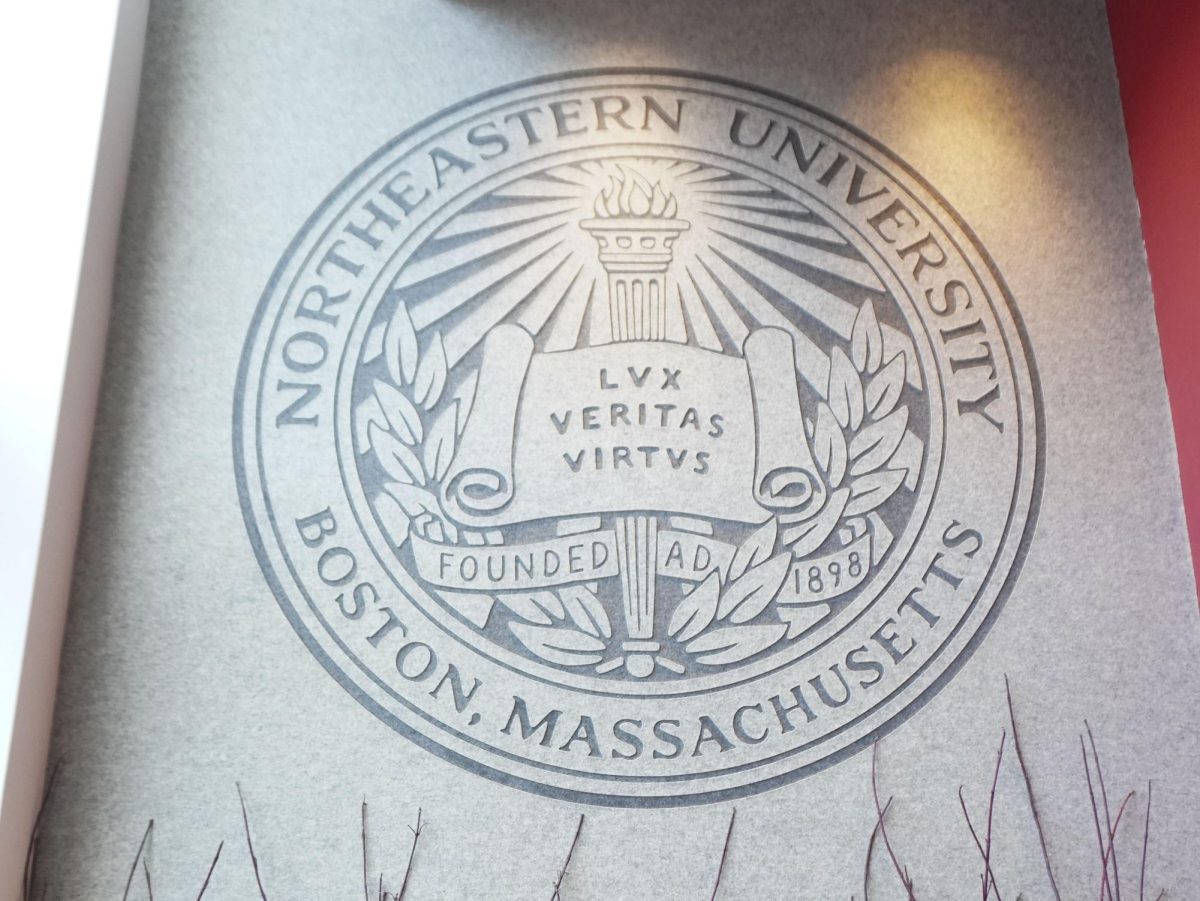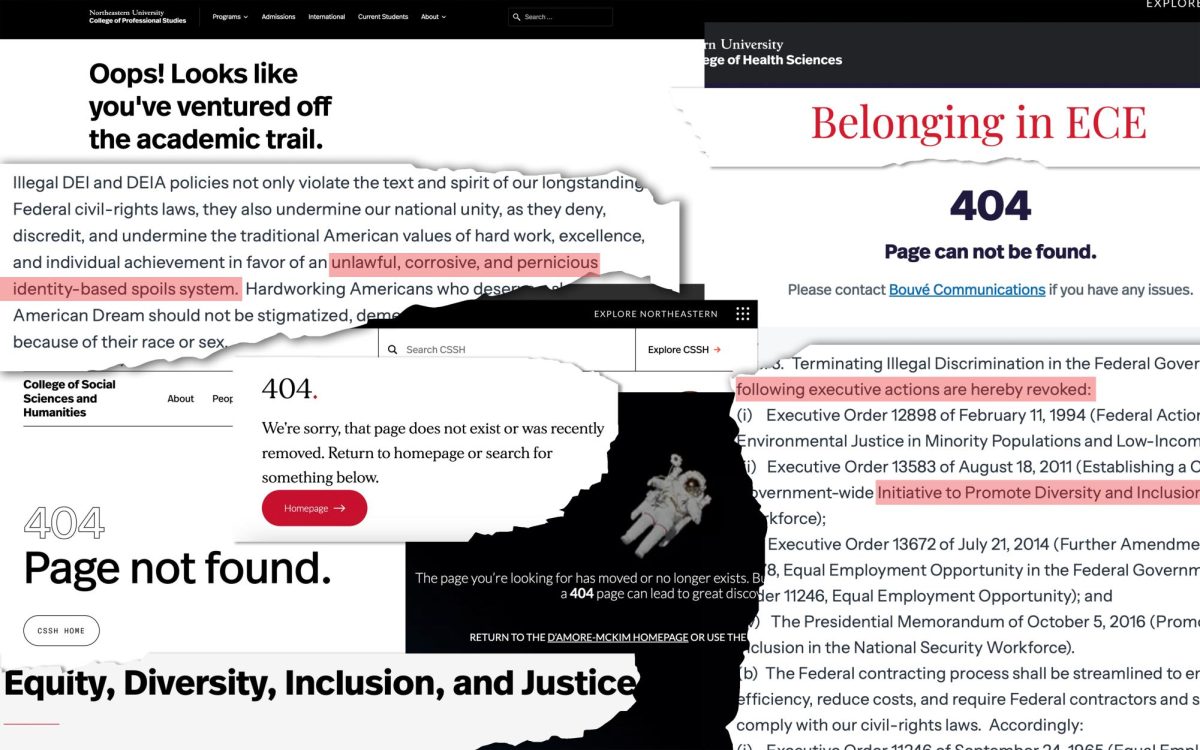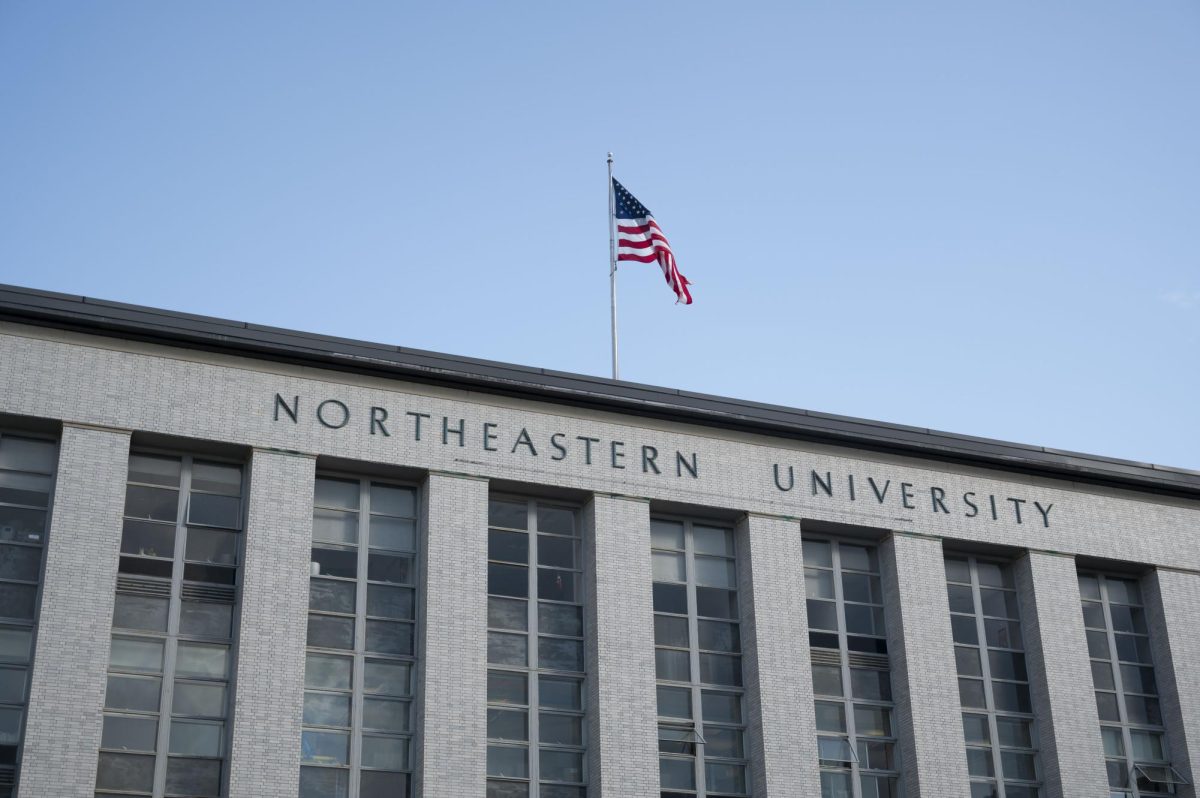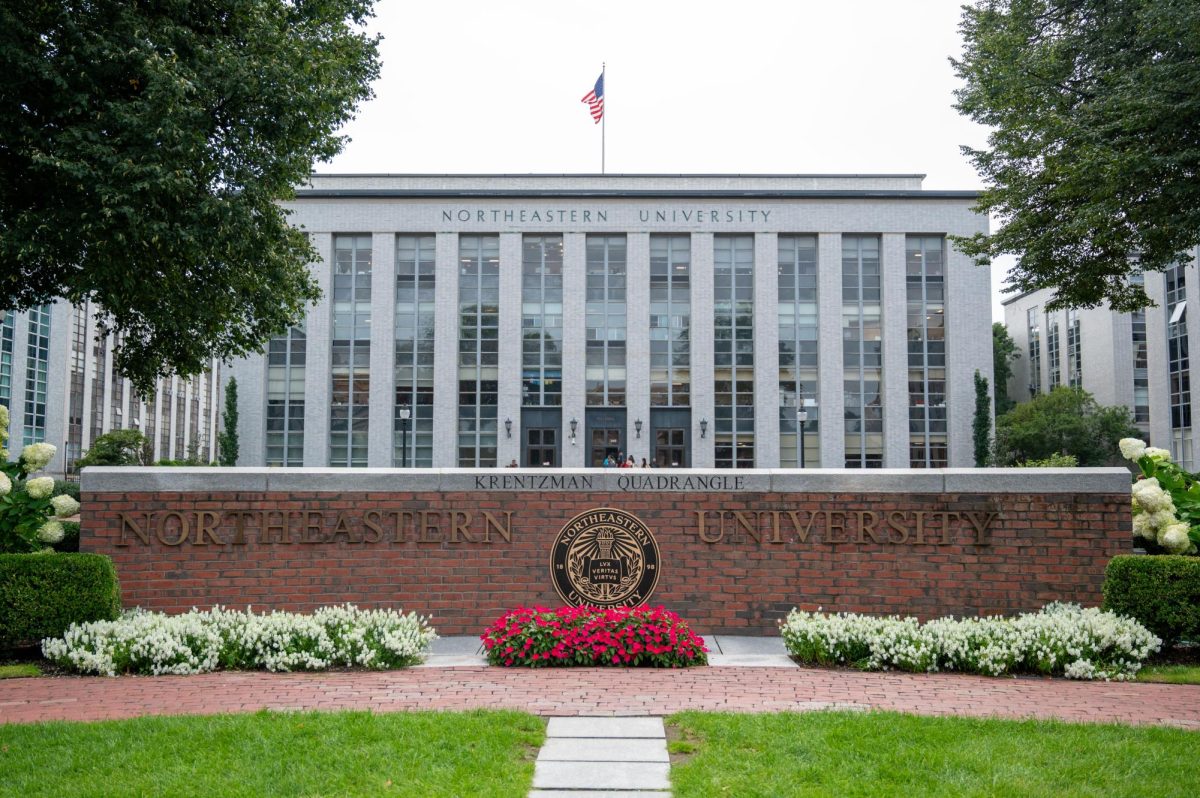By Lea C. Spencer
Jared Molton, a sophomore journalism major, was studying in his living room on a recent Sunday evening when it happened again. He was jarred by a brown blur in his Peterborough Street apartment.
“I saw something flash across in my peripheral,” he said. “And when I saw it again, scurrying across the room, I knew it was a mouse.”
For Molton, one mouse is no big deal – rodent wise. At least it wasn’t a rat, he said.
No vermin experience can compare with the day he moved into Stetson West.
“On my first night in Boston, I saw my first rats on Hemenway [Street],” Molton said. “That was really scary because I thought, wow, I’m going to school in a rat-infested area. That’s bad hygiene.”
According to Boston’s Inspectional Services Department, the problem has worsened in the Back Bay neighborhoods, Beacon Hill and Allston-Brighton where complaints about rats have doubled during the last fiscal year. Citywide, complaints about rats jumped from 1,218 to 1,675. And, in October, a report issued by a national rodent-control company rated Boston as the third most likely city in the country to confront a surge in the rat population during the next few months, as the creatures begin their breeding season.
Justin Kammer, sophomore nursing major, said he wasn’t so much concerned with the bad hygiene of rats as he was of their sheer yuck factor.
“I was sitting in the Park Street station waiting for the E line when a rat ran out from under the bench I was sitting on and scurried across the tracks,” Kammer said.
The subway stations are a common place to see rats in any city, Kammer said. For him it was particularly traumatic and, in regard to the experience, he added: “I almost died.”
Most of the rats in Boston are Norway rats, identified by their pointy ears and sharp teeth, in addition to growing to nearly a foot long with beady eyes and a scraggly tail.
One piece of evidence indicating a rat presence is three-quarter inch, capsule-shaped droppings.
“A lot of our downtown areas, Boston Common, our gardens, our waterfront areas are prone to rat infestation,” said John Meaney, Boston chief health inspector.
It is not a Boston-specific problem, but it is among of the cities with the highest vulnerability toward rat for several reasons, Meaney said, including a dense population, trash build-up and proximity to water.
Exterminators are fighting back with smoke bombs, that choke rats with gas, wax-coated plugs of poison, and baited traps.
“Rats can give birth within two months of their own birth and they can have up to five litters a year of five rats each time,” said Mike Downes, owner of Regional Pest Control. “So think about how incredibly fast a rat population can increase with those numbers.”
Michael Modist, who works for City Service Exterminators, has been battling pest problems in Boston for 34 years. He recalled one of his first assignments as an exterminator.
“I was doing a job on North Beacon Street and I met the landlord at the property,” he said. “I opened the door and saw anywhere from 100 to 125 rats in the basement.”
Modist said an elderly couple lived in the building and, in an effort to keep the rats out of their living area, threw a loaf of bread in the basement daily. Modist said that he “must have put down more than 20 pounds of bait” with traps into the basement that day and, while he never returned to that particular property again, he said, later “there must have been a lot of dead rats in that basement.”
Rats will eat just about anything, Meaney said, and put into perspective how far rats will go to survive.
“They eat their own dead. They’re very resourceful in that way. They’re survivors,” Downs said.



